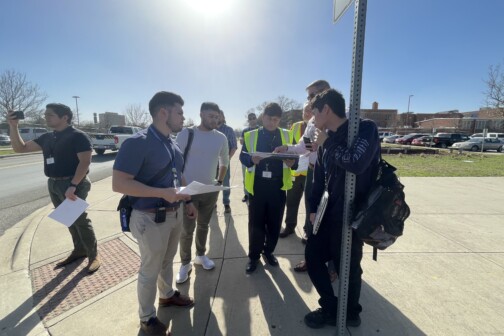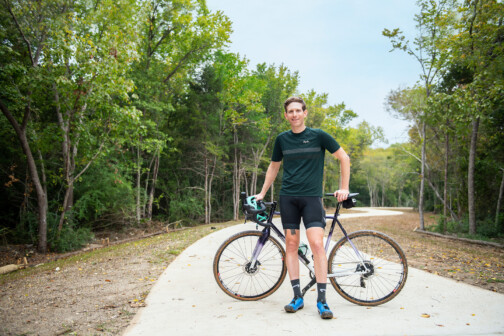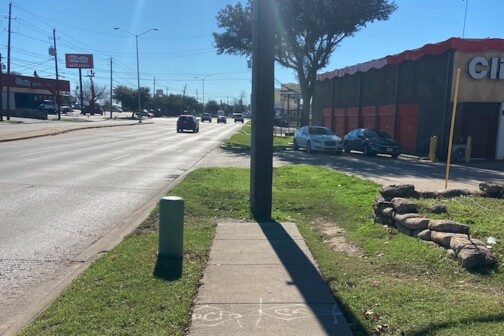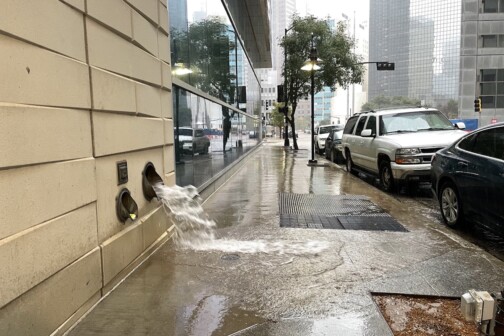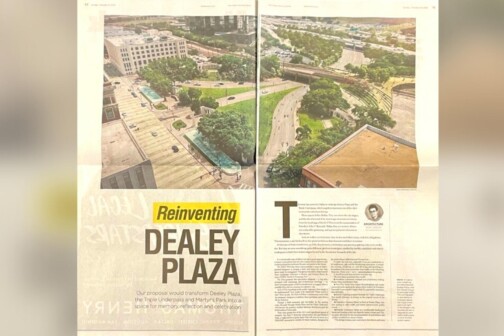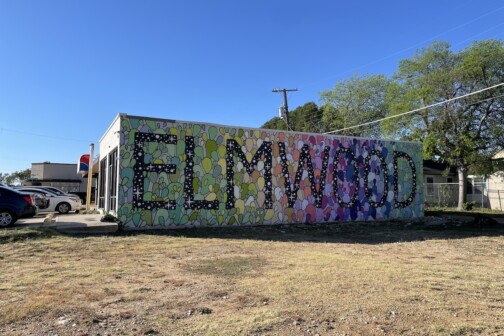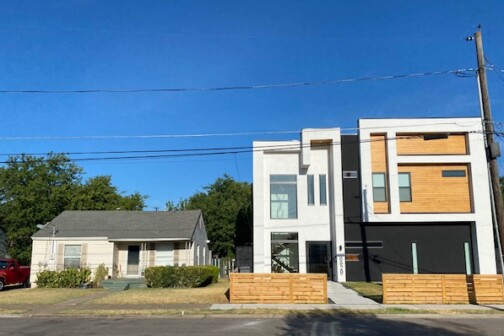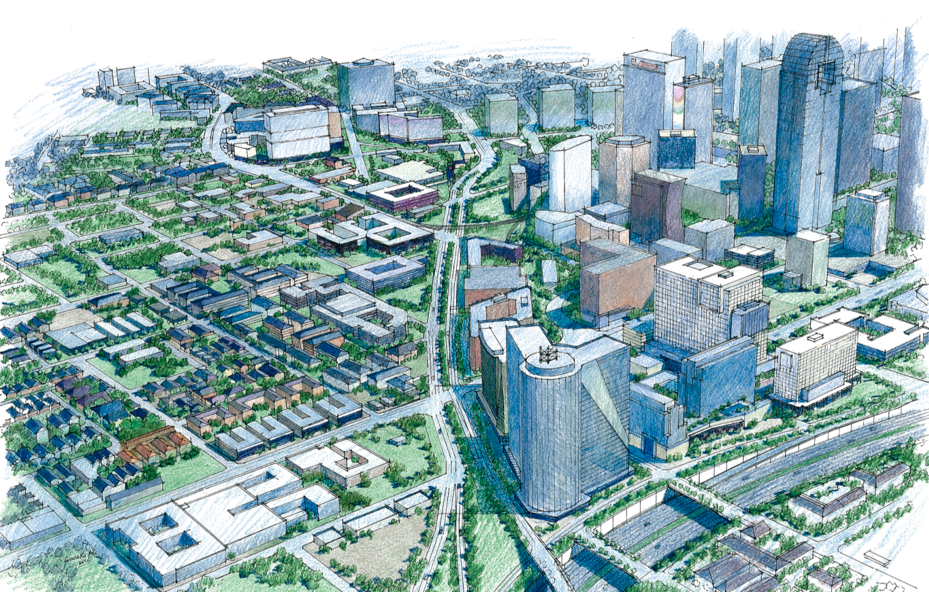Abraham Moreno didn’t need to almost get hit by a car to motivate him to advocate for safer streets near Adamson High. But it certainly didn’t hurt the sophomore’s argument.
Last year, a city contractor mistakenly striped a one-way road near the Oak Cliff school that made 9th Street appear to drivers as if it was open for two-way traffic. The city returned to correct the error—but also painted over the crosswalks that students use multiple times each day.
Moreno and Adamson administrators are still trying to get the city to pay more attention to those specific issues. A Dallas ISD spokesperson said that Adamson teachers have directed traffic during arrival and dismissal, and the district has been working with the city to correct the matter.
But Moreno said the problem for pedestrians and bikers near Adamson, located two blocks east of Beckley on 9th Street, actually started much earlier.



